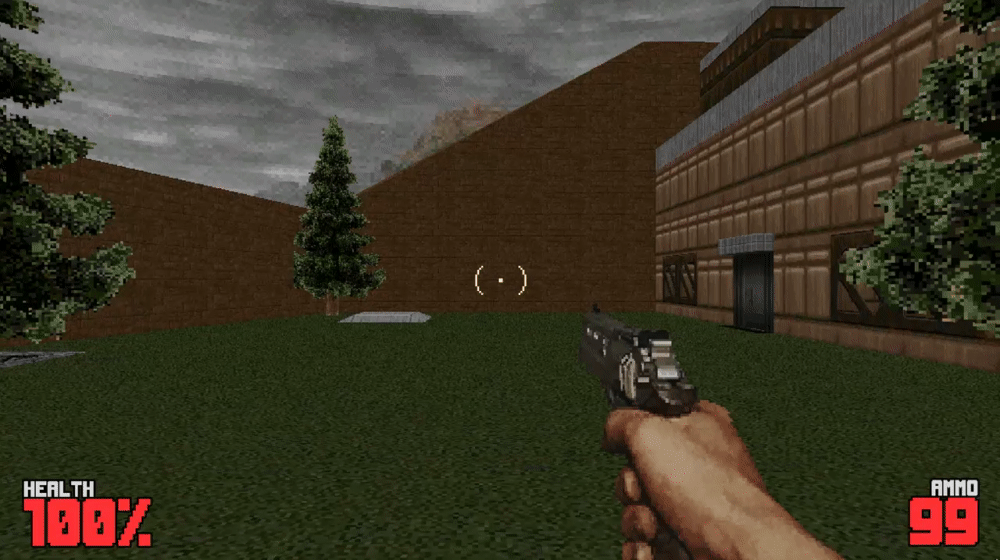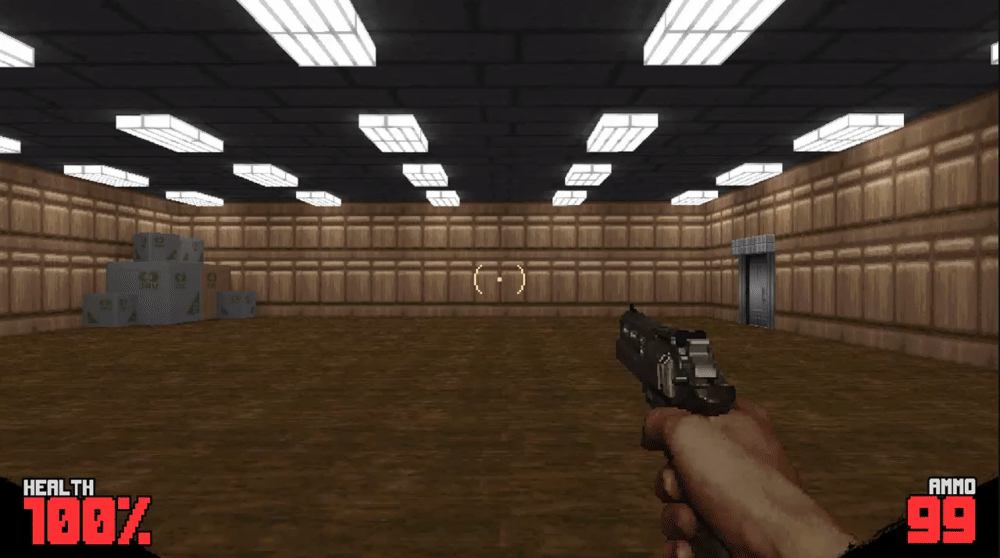- Edited
- Best Answerset by 09kingarthur
09kingarthur I just made a quick test project. It uses two simple 2D curves for the horizontal and vertical sway and then offsets the weapon.
extends Node2D
@export var horizontal_sway: Curve
@export var vertical_sway: Curve
@onready var initial_position := position
func _process(_delta: float) -> void:
var t := wrapf(Time.get_unix_time_from_system(), 0.0, 1.0)
position = initial_position + Vector2(horizontal_sway.sample(t) * 50.0, -vertical_sway.sample(t) * 50.0)




